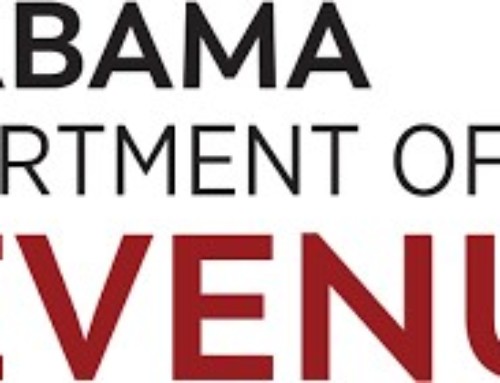Do you receive income other than regular wages during the year? Notably, you may be required to pay quarterly installments of “estimated tax” for this year, especially if you are self-employed or retired and living mainly on investment income.
The due date for the next installment—the third one for the 2023 tax year—is September 15, 2023. The last one for the 2023 tax year is January 16, 2024. Note: New legislation proposed in Congress would change the quarterly due dates to line up more evenly during the year.
Basic rules: Generally, you are required to pay annual income tax in quarterly installments or through payroll tax withholding or a combination of the two. The quarterly due dates for estimated tax payments under current law are as follows: April 15, June 15, September 15 and January 15 of the following year (or the following business day if the regular due date falls on a weekend or holiday). Thus, the due date for the fourth quarter of 2023 is moved to Tuesday, January 16, 2024 because Martin Luther King Jr. Day is on Monday, January 15.
If you do not pay the requisite amount of estimated tax during the year, you may be assessed an underpayment penalty, plus interest. However, you can avoid any tax problems for the year through any one of the following safe-harbor methods.
- Pay at least 90% of the current year’s tax liability. Thus, you will have to make a reasonable estimate of the tax you will owe this year.
- Pay at least 100% of the prior year’s tax liability or 110% if your adjusted gross income (AGI) for the prior year exceeded $150,000. This takes the guesswork out of the payment because you know the exact amount of your 2022 tax liability.
- Pay at least 90% of the current year’s “annualized income.” This method works well for certain individuals, such as independent contractors, who receive most or all of their income on a seasonal basis.
How much is the underpayment penalty? The IRS applies a specified percentage to compute the penalty amount for each quarter. For instance, the rate for underpayments in the third quarter of 2023 is 7%.
The IRS also provides taxpayers with some help in figuring out estimated tax liability by including a worksheet in the tax form instructions. But this can get somewhat complicated, so do not hesitate to ask for assistance from your professional tax advisors.
Under the new proposed legislation, the due date for each quarterly installment would be 15 days after the close of the quarter. Thus, each installment would be three months apart. In comparison, the current June 15 due date is only two months apart from the April 15 due date. We will watch out for new developments.
Practical advice: Sit down with a JMF advisor to determine the best course of action for the rest of the year. This should take into account all the relevant factors for your situation.






Leave A Comment
You must be logged in to post a comment.